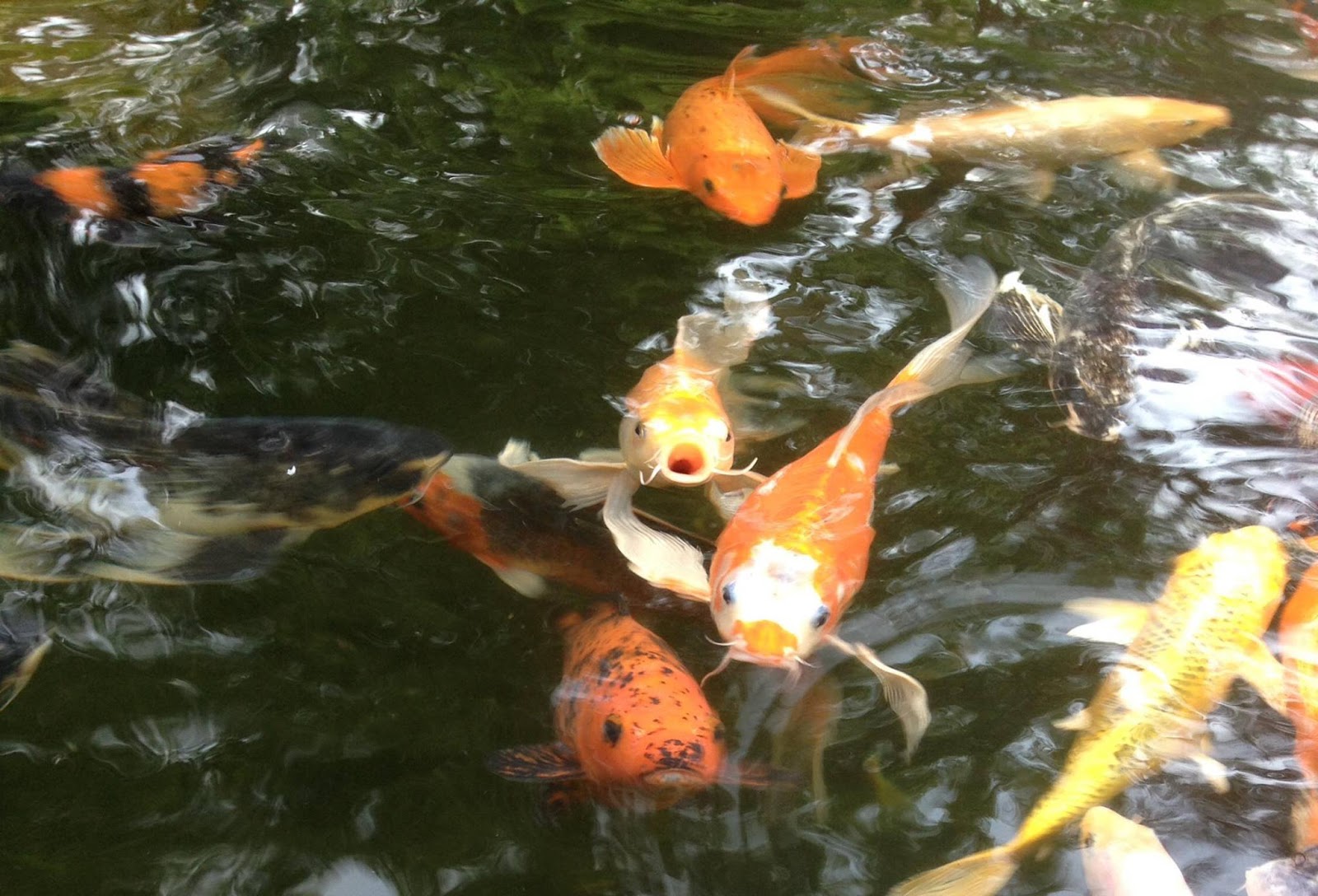
Creating a Serene Koi Pond in Orange County: A Comprehensive Guide
Introduction
A koi pond is more than just a water feature. It’s a peaceful oasis where you can escape from the hustle and bustle of everyday life. However, creating a koi pond in your backyard requires careful planning and execution.
Location Selection
Before starting your koi pond project, you need to choose the best location. The location should have abundant sunlight for the aquatic plants you’ll be using. Stay away from areas with overhanging trees since fallen leaves can pollute the water. You should also be cautious about the location’s groundwater level.

Designing the Pond
Your pond’s design plan should embody your vision and the natural environment. You should start planning your koi pond’s size, depth, and shape. Typically, koi ponds should be at least four feet deep and have forty square feet of surface area per koi.
Koi are social fishes that prefer swimming together, so the pond must be large enough to accommodate the number of koi that will reside in it comfortably. A larger water surface area will also allow the water to circulate better and filter out toxins produced by the fish and plants.

Pond Construction
Pond construction requires some knowledge of basic masonry skills. Sand, rocks, concrete, and a waterproof pond liner are some of the materials you may require.
To ensure the safety of your koi fish, it’s crucial to use high-quality materials on the pond’s construction. The pond liner should be durable and of the right size, with edges extending beyond the upper rim of the pond. A rubber liner is a preferred material, and you should be careful when covering its edges to prevent leaks.

Filter System
A filtration system ensures that the pond is well-filtered, and the koi’s living habitat is healthy. Biological filters utilize beneficial bacteria to break down fish waste into less harmful substances. Mechanical filters use sponge filters to remove debris and maintain crystal clear water. A combination of both would result in the best filtration system.

Adding Aquatic Plants
Aquatic plants play a vital role in koi ponds, and they also improve the pond’s aesthetic value. They help to absorb nitrates and provide shade in the pond, keeping the water cooler and cleaner for the fish.
Selecting the right plants for your koi pond depends on the pond’s size, depth, and sunlight exposure. You should avoid overplanting and keep the plants pruned for maximum growth.

Adding Koi Fish
It’s always exciting to add koi fish to your pond, but you must adopt careful measures. You should verify the water’s pH, temperature, and ammonia (nitrogen) levels to avoid shocking the fish.
Koi fish are sensitive to changes in their environment, so it’s essential to introduce them carefully. Float the bag containing the koi fish in the pond for half an hour before releasing them.

Maintenance and Care
Maintaining a koi pond in Orange County requires some work to keep it healthy and clean. You should schedule a weekly maintenance routine, including testing and maintaining the water quality, and removing debris.
When feeding the koi fish, ensure you don’t overfeed them. Too much food in the pond results in harmful byproducts that can affect the fish’s health. Overfeeding also reduces the water quality.
Conclusion
Creating a koi pond in your Orange County backyard is quite an investment of time and resources. However, the result is worth the efforts, as you’ll get a beautiful, serene, and peaceful retreat area. Remember, you must put in the effort to ensure the koi fish are safe, healthy, and comfortable in their new home.